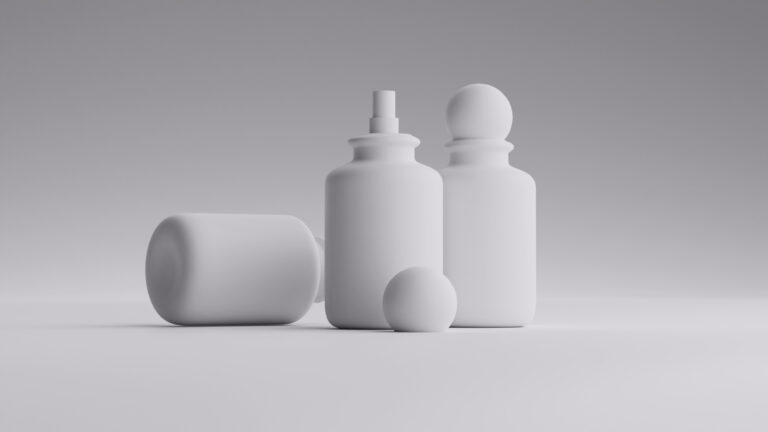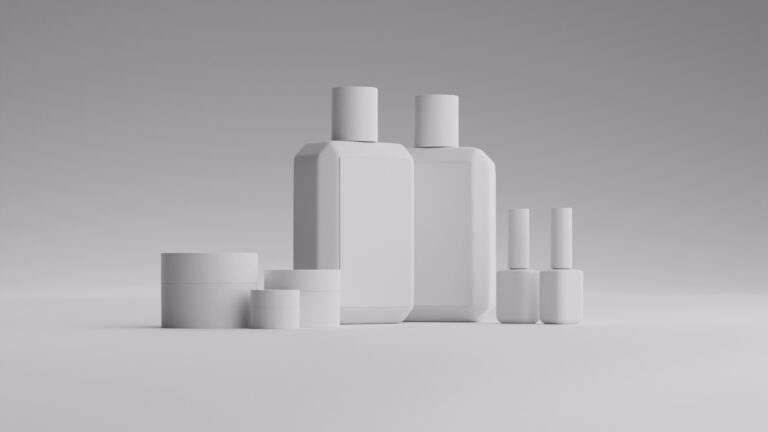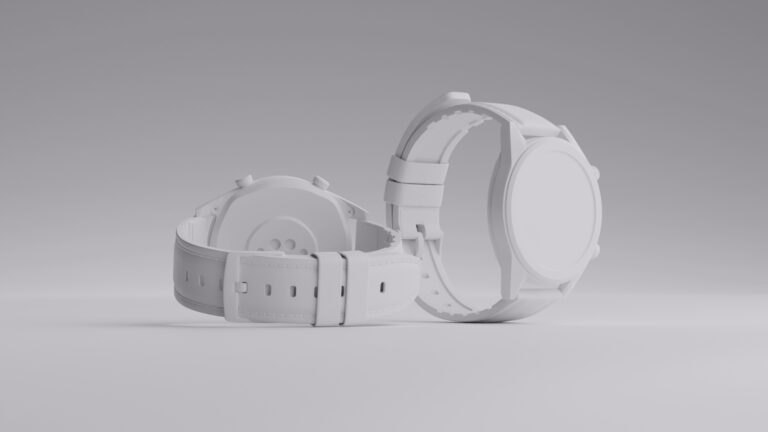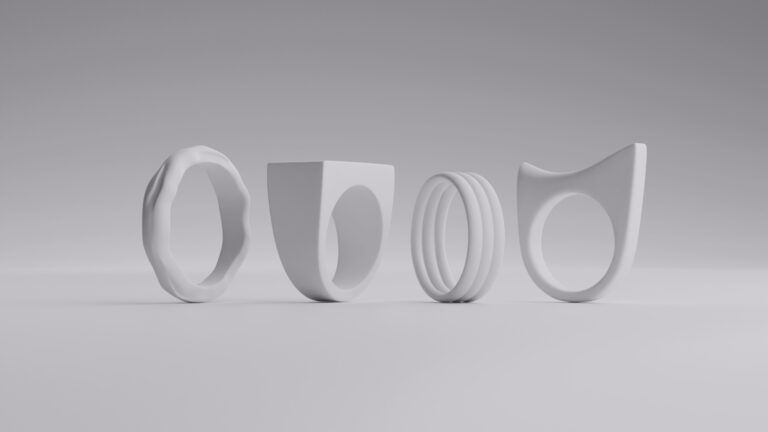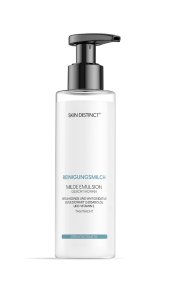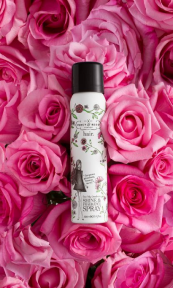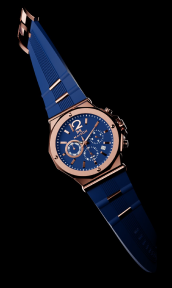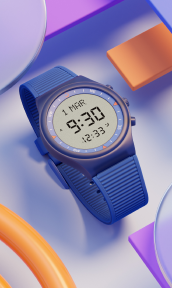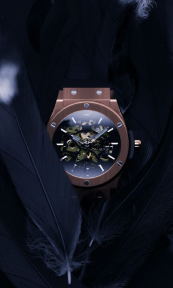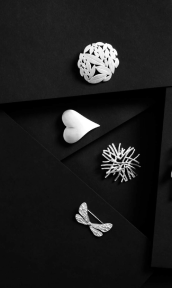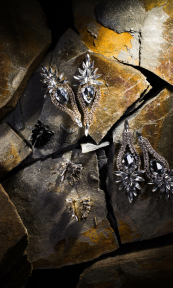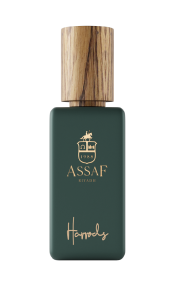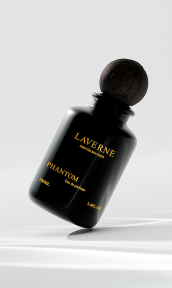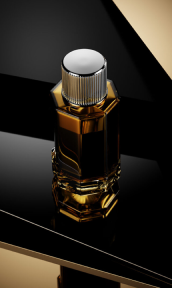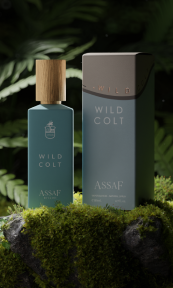Professional knife photography plays a crucial role in showcasing these precision instruments, from culinary tools to collector’s pieces. High-quality images capture the essence of craftsmanship, highlighting intricate details like Damascus patterns, handle materials, and blade geometry that drive purchasing decisions in the competitive cutlery market.
The art of photographing knives requires a deep understanding of lighting, composition, and technical expertise to overcome challenges like glare, reflections, and proper edge representation. The guide below explores proven techniques for creating stunning knife imagery that resonates with buyers and enthusiasts alike.
Understanding knife categories and their visual requirements

The diverse world of knives demands different photographic approaches based on their design and purpose. Japanese kitchen knives, with their distinctive profiles and Damascus patterns, require techniques that emphasize their artistic heritage and superior craftsmanship. Proper lighting angles reveal the intricate layered steel patterns, while side profiles showcase the precise geometry of these culinary tools.
Tactical and folding knives present unique challenges due to their compact size and mechanical features. These pieces often benefit from multiple angles to demonstrate their folding mechanism and carry options. Close-up shots of pivot points, lock mechanisms, and clip designs help convey their functional attributes to potential buyers.
Hunting and outdoor knives typically feature dynamic materials and rugged construction that need to be highlighted. Photography for these knives often includes context shots showing handle materials like stabilized wood or micarta, as well as blade coatings and finishes that protect against harsh conditions.
Swiss Army knives and multi-tools require comprehensive photography to showcase their versatility. Sequential images displaying various tool deployments help customers understand the full range of functions. Macro photography excels at capturing the precise engineering of these compact tools.
Smart lighting techniques

Professional knife photography relies heavily on controlled lighting setups to capture blade details effectively. Diffused lighting through softboxes minimizes harsh reflections while revealing surface textures and grinding patterns. This technique proves especially valuable when photographing highly polished blades or mirror finishes.
Light placement significantly impacts how blade bevels and edges appear in photographs. Two-point lighting setups, with the main light at 45 degrees and a fill light opposite, create depth while maintaining detail visibility. Experienced photographers often use black cards to control reflections and enhance edge definition.
Background lighting separation helps define blade profiles and overall knife silhouettes. Using a light strip behind the subject creates a subtle edge highlight that separates the knife from the background, particularly effective when shooting on dark or gradient backgrounds.
Composition and styling essentials

Effective and aesthetically pleasing knife product photography calls for essential composition principles. The rule of thirds creates balanced, visually appealing images by placing key features along intersecting grid lines. This technique particularly excels when highlighting critical aspects like blade profiles, handle designs, or unique Damascus patterns.
Strategic angle selection dramatically impacts how viewers perceive knife qualities. Top-down shots effectively display blade profiles and overall proportions, while 45-degree angles reveal handle ergonomics and blade geometry. Macro shots at carefully chosen angles capture intricate details like handle materials, blade finishes, and manufacturing precision that drive purchasing decisions.
Storytelling through composition transforms basic product photos into compelling visual narratives. Arranging complementary elements like wooden cutting boards for kitchen knives or outdoor gear for tactical blades creates context without overshadowing the main subject. This approach helps potential buyers envision the knife in use while maintaining focus on its craftsmanship.
Mastering backgrounds and studio setup

Background selection profoundly influences the final impact of knife photography. Seamless white backgrounds remain the e-commerce standard, ensuring consistent product presentation across platforms. High-key setups on white emphasize blade profiles and overall proportions while maintaining a clean, professional appearance.
Gradient backgrounds add depth and sophistication to knife imagery. Dark gradients particularly excel at highlighting blade reflectivity and polish, creating dramatic contrast that emphasizes craftsmanship. Professional photographers often use light-to-dark gradients to direct attention toward specific knife features while maintaining visual interest.
Studio setup plays a crucial role in achieving professional results. A sturdy shooting table eliminates vibration concerns during long exposures, while adjustable arms and clamps ensure precise knife positioning. Sweep setups using large seamless paper provide clean backgrounds that minimize post-processing requirements.
Physical supports require careful consideration to avoid unwanted reflections or distractions. Clear acrylic stands offer nearly invisible support while maintaining natural blade positioning. Museum wax or putty provides stable positioning without damaging knife surfaces, particularly valuable when photographing custom or collector pieces.
Proper scale representation helps viewers understand knife dimensions. Including subtle sizing references like ruler markings or common objects in secondary shots provides crucial context without compromising primary product images. This information proves particularly valuable for online sales where physical handling isn’t possible.
The CGI advantage in knife photography

Computer-generated imaging has transformed knife product photography by offering unprecedented control and efficiency. CGI artists can create photorealistic knife renderings that perfectly capture every design detail, from complex Damascus patterns to precise handle textures, without the limitations of physical photography.
The versatility of CGI allows for rapid iteration and modification of knife presentations. Artists can easily adjust lighting, materials, and environments to create consistent product catalogs across entire knife collections. This flexibility proves invaluable for manufacturers launching new models or updating existing product lines.
CGI significantly reduces production costs and timelines compared to traditional photography. Once a knife model is created digitally, generating new angles, configurations, or environmental contexts requires minimal additional effort. This efficiency makes CGI particularly attractive for e-commerce platforms needing comprehensive product visualization.
Wrapping up
Mastering knife product photography requires a blend of technical skill, artistic vision, and understanding of the subject matter. Whether choosing traditional photography or CGI methods, success lies in highlighting the unique characteristics that make each knife distinctive while maintaining professional standards that drive sales.
FAQ
What camera settings work best for knife photography?
Use a small aperture (f/8 to f/16) for maximum depth of field, and keep ISO low to minimize noise. Shutter speed matters less since you’ll likely use a tripod.
How can I minimize reflections on polished blades?
Use diffused lighting through softboxes and position black cards strategically to control reflections. Consider polarizing filters for particularly challenging surfaces.
What backgrounds work best for knife product photos?
Neutral gradients and simple textures work well. Avoid busy patterns that compete with the knife. White, gray, or black backgrounds are standard for e-commerce.
Should I clean the knife before photographing it?
Yes, thoroughly clean and polish the knife to remove fingerprints and debris. Use gloves during handling to maintain cleanliness throughout the shoot.
How many angles should I capture for each knife?
Plan for at least 5-7 angles including profile, spine, choil, handle details, and any special features. E-commerce listings typically benefit from 8-12 images per product.




